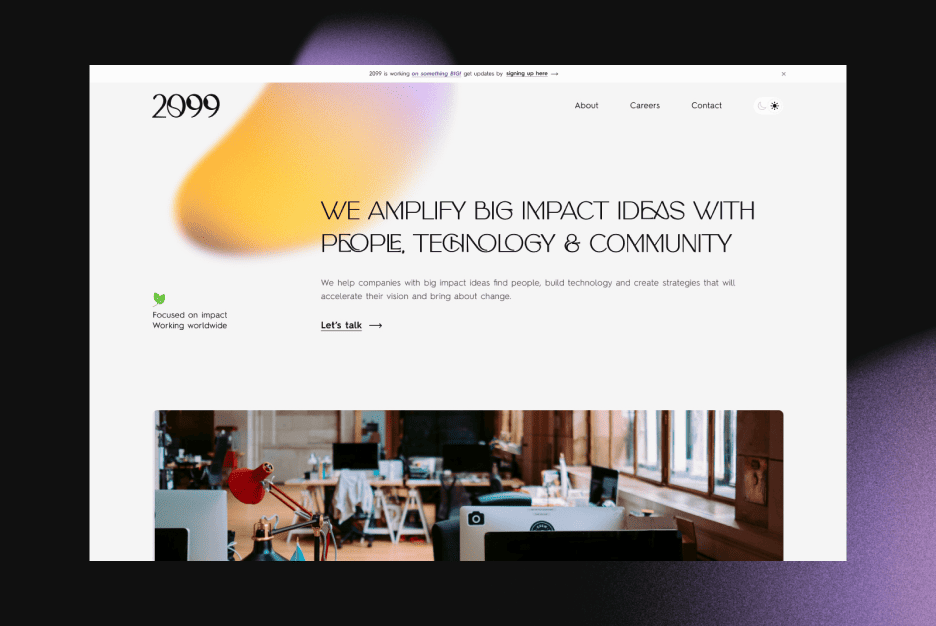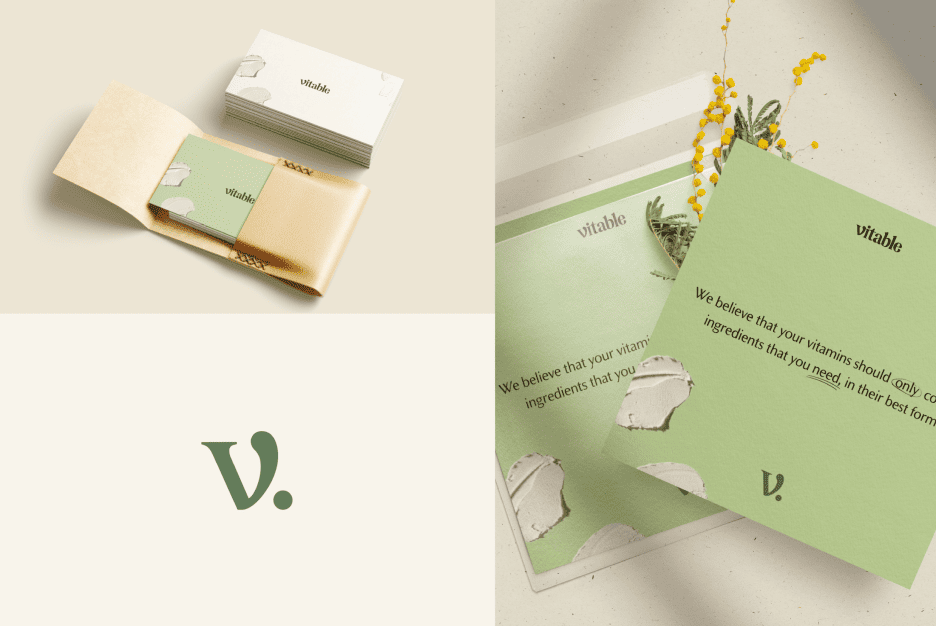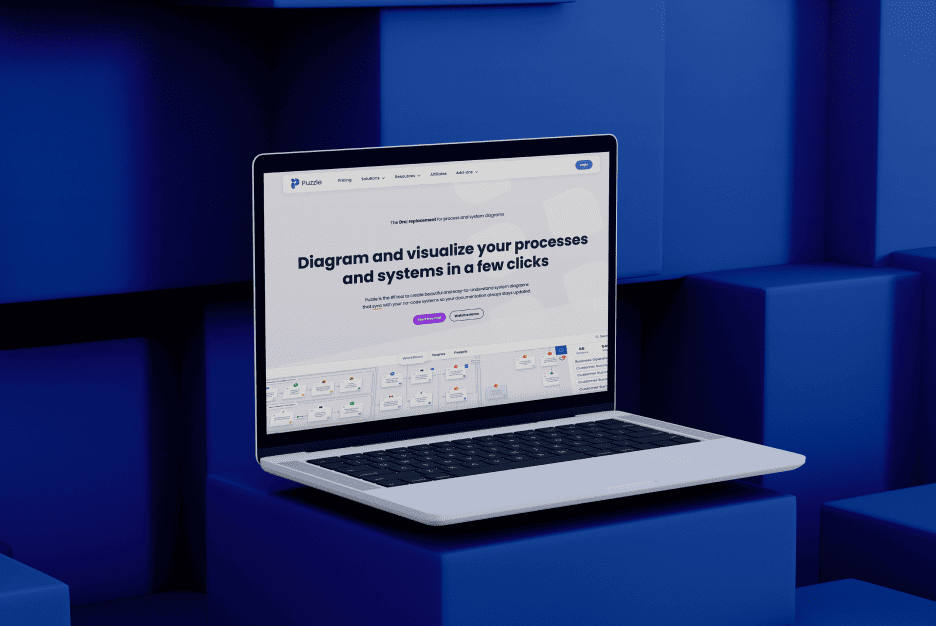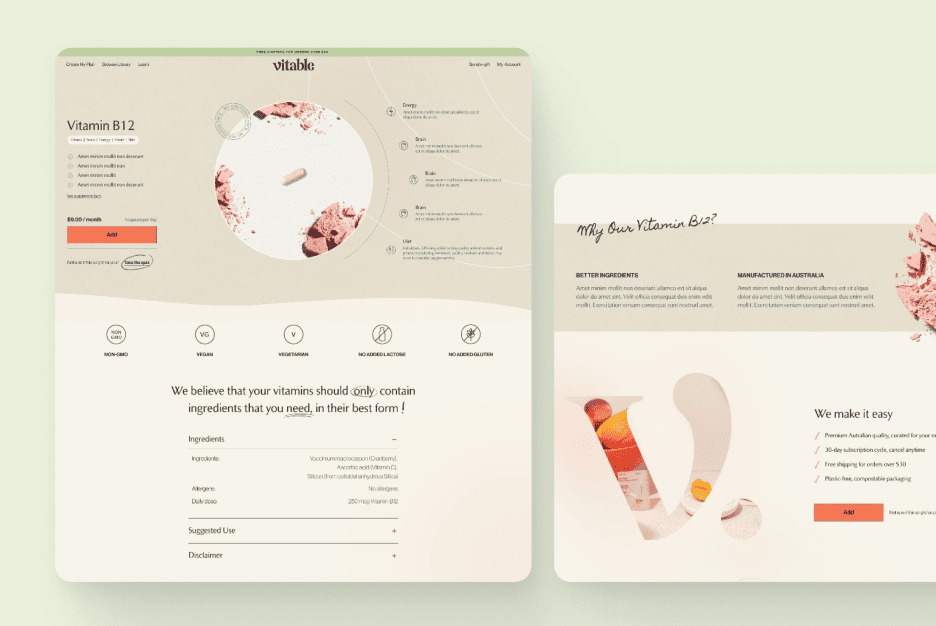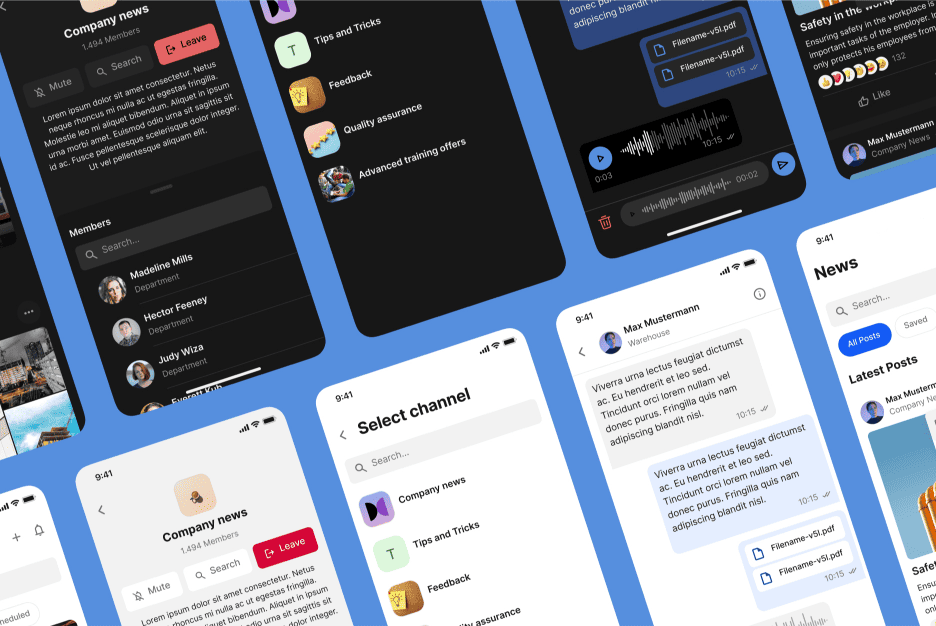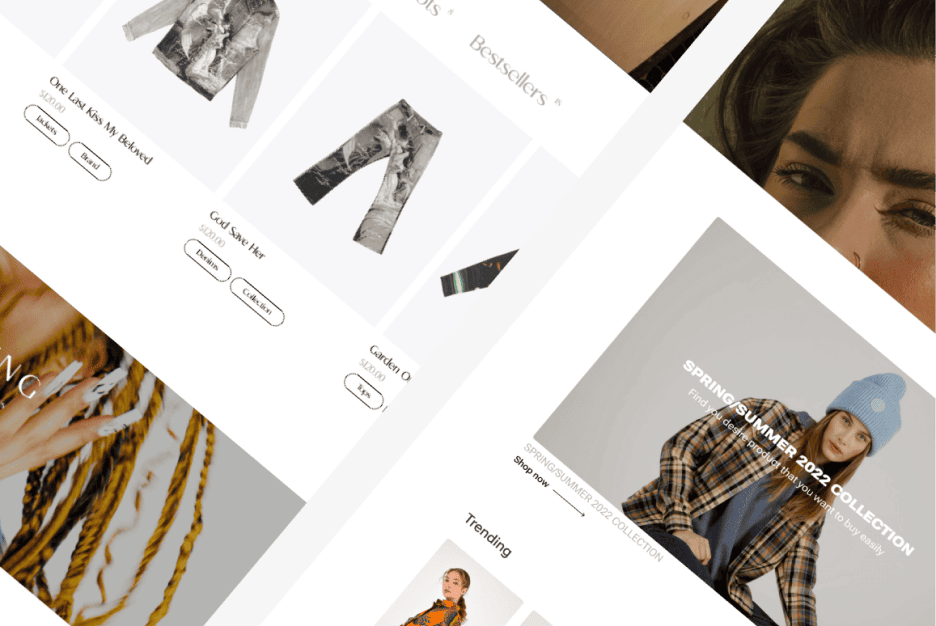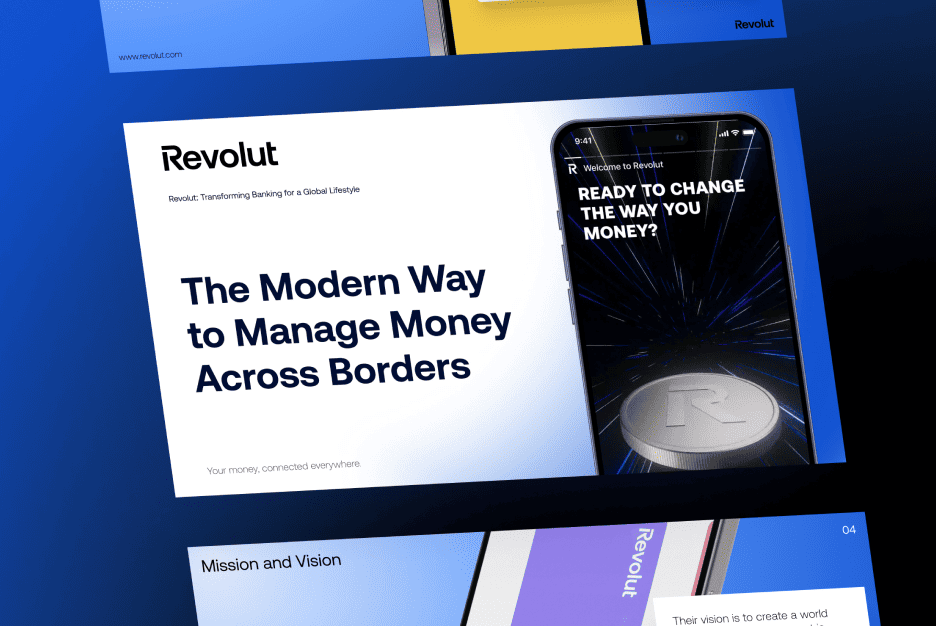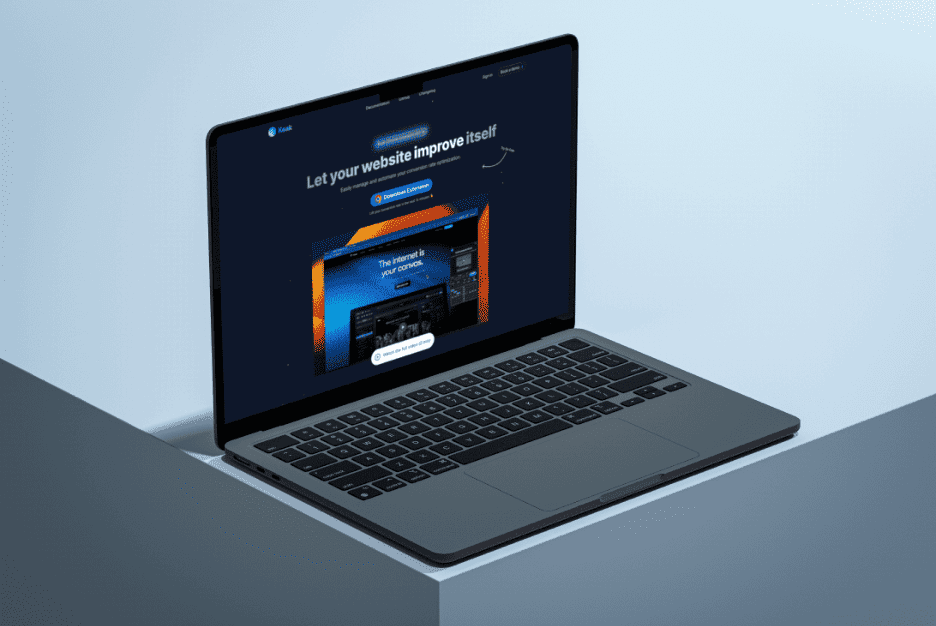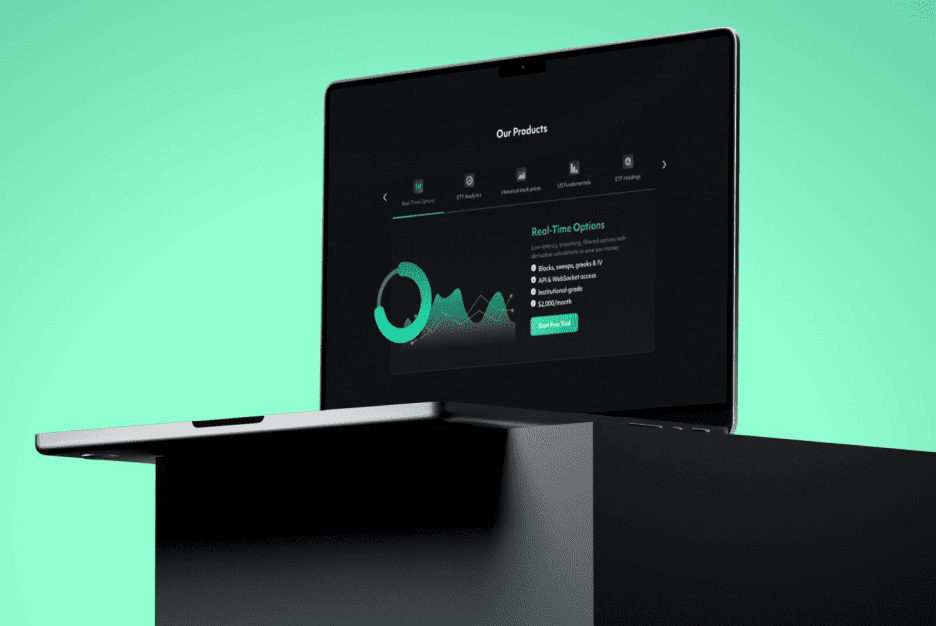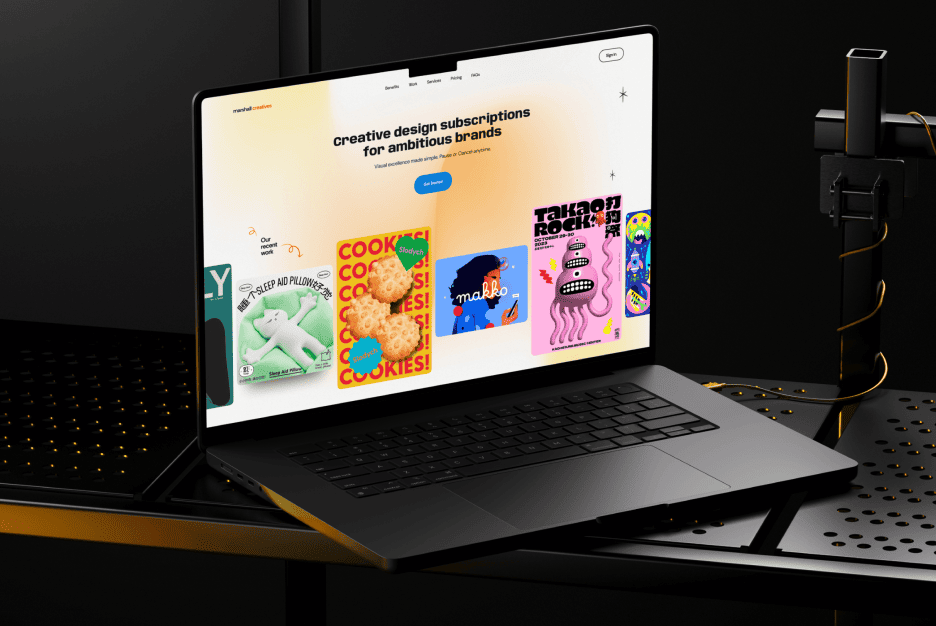Introduction: Why Gradients Are Making a Comeback
Gradients, once synonymous with the flashy web designs of the early 2000s, have undergone a remarkable transformation. No longer the overly glossy overlays of the past, gradients have re-emerged as one of the most versatile and impactful tools in modern web design. They’re sophisticated, dynamic, and capable of adding depth, energy, and visual storytelling to any design.
In today’s competitive digital landscape, where user attention is fleeting, gradients play a key role in captivating and retaining users. They allow designers to bridge minimalism with bold statements, turning static visuals into vibrant experiences. From creating immersive landing pages to highlighting CTAs, gradients have become a powerful medium for aligning aesthetics with functionality.
Related Reading: Learn how color impacts user behavior in our article The Power of Color Palette in Web Design.
External Resource: Check out Smashing Magazine’s guide for tips on using CSS gradients effectively.
The Evolution of Gradients: From Retro to Revolutionary
Gradients have undergone a significant evolution over the decades. While their early use in web design leaned heavily on tacky, glossy effects, the resurgence of gradients in recent years has brought with it a more refined and strategic approach.
How Gradients Evolved:
- The Flat Design Era: Gradients fell out of favor during the rise of flat design, which prioritized clean, minimal aesthetics.
- The Return of Depth: As minimalism began to feel sterile, designers reintroduced gradients to add dimension and energy, blending them seamlessly with flat elements.
- Dynamic Gradients: Today’s gradients are fluid, organic, and often animated, creating a more immersive user experience.
Case Study: Spotify’s playful use of vibrant gradients in their interface demonstrates how gradients can convey personality and energy. The platform uses color transitions to evoke emotion, complementing its dynamic content.
Related Article: Check out Creating Retro Websites: Best Examples and Tips to see how gradients evolwed in digital design.
External Tool: Use CSS Gradient to experiment with various styles and generate code for your projects.

Types of Gradients: Choosing the Right Style for Your Design
Not all gradients are created equal. Each gradient type serves a unique purpose and can be tailored to align with specific branding or functional goals. Let’s explore the key styles and their applications:
Linear Gradients:
Linear gradients are versatile and clean, transitioning colors in a straight line. They’re perfect for creating subtle backgrounds or adding dimension to flat elements like buttons.
- Best For: Minimalist designs, banners, or section dividers.
- Example: Google often integrates linear gradients in its branding materials, blending modern aesthetics with simplicity.
Radial Gradients:
These gradients radiate from a central point, creating a circular effect. They draw attention to focal elements, making them ideal for CTAs or key visuals.
- Best For: Highlighting central elements, adding depth to backgrounds.
- Example: Airbnb’s soft radial gradients create a sense of comfort and luxury.
Mesh Gradients:
The newest addition to the gradient family, mesh gradients create organic, flowing patterns with unpredictable blends. These are perfect for experimental or artistic designs.
- Best For: Abstract art-inspired websites or unconventional layouts.
- Example: Stripe uses mesh gradients to create a futuristic aesthetic on its landing pages.
External Resource: Dive into Webflow’s gradient guide to explore techniques and best practices for using gradients effectively.
Related Reading: Learn more about impactful visuals in our article The Psychology of Light vs Dark Modes in UX Design.

The Role of Gradients in UI/UX Design
Gradients are more than just a visual trend—they’re powerful tools for enhancing user experience and guiding user behavior. By adding depth, emotion, and emphasis, gradients can subtly influence how users interact with a website.
Using Gradients in Backgrounds:
A well-designed gradient background can replace flat colors, creating a modern, sophisticated aesthetic without overpowering the content.
- Example: Apple often uses soft, pastel gradients in their product visuals to convey elegance and innovation.
Gradients in CTAs (Call-to-Actions):
Gradient-filled buttons are proven to grab attention and encourage clicks, especially when paired with contrasting text.
- Example: Shopify’s gradient CTAs make their “Start Free Trial” button unmissable.
Interactive Gradients in Navigation:
Gradients can enhance hover states or active tabs, creating a sense of fluidity and engagement.
- Example: Interactive gradients that shift as users scroll can create a seamless and memorable browsing experience.
Related Project: Discover how we used gradients to enhance UI/UX in 2099 and improved user navigation with visual storytelling.
Accessibility and Gradients: Striking the Right Balance
As much as gradients can elevate a design, they must be applied thoughtfully to ensure usability and inclusivity. Accessibility is crucial when incorporating gradients, as poorly executed designs can alienate users with visual impairments.
Best Practices for Accessible Gradients:
- Maintain Contrast: Ensure text placed over gradients meets WCAG contrast guidelines.
- Keep It Subtle: Avoid overly complex gradients that distract from important content.
- Use Fallbacks: Implement CSS fallbacks for older devices or browsers that don’t support modern gradient properties.
Pro Insight: Netflix’s dark, cinematic gradients create atmosphere without sacrificing readability, showing that accessibility and aesthetics can coexist.
External Resource: Learn about WCAG contrast guidelines on WebAIM.

Future Trends: Gradients in 2025 and Beyond
As web design continues to evolve, gradients are set to become even more experimental and immersive. Here are some emerging trends to watch:
3D Gradients:
By combining gradients with 3D modeling, designers can create lifelike visuals for augmented reality (AR) and virtual reality (VR) experiences.
- Example: Gradients used in gaming interfaces to mimic lighting effects.
Animated Gradients:
Dynamic, animated gradients that shift in real-time add energy and fluidity to a website.
- Example: Apple’s keynote visuals often incorporate animated gradients to captivate audiences.
Gradient Overlays in Mixed Media:
Gradients tailored for video overlays or AR/VR applications will define the next wave of digital storytelling.
External Inspiration: Check out Dribbble’s trending gradient designs to spark creative ideas.
Related Reading: Discover how emerging technologies like AR are shaping the future of design in our article Future of Social Media Design: 2025’s Leading Styles, Colors, and Trends.
Conclusion: Gradients as a Design Powerhouse
Gradients have come full circle, evolving from a fleeting trend to a staple of modern web design. Whether you’re aiming for subtle elegance or bold impact, gradients provide the flexibility to adapt to any brand’s needs.
At Almax Agency, we specialize in creating gradient designs that not only look stunning but also align with your business goals. Ready to elevate your digital presence? Let’s Talk.
Explore our innovative projects on Behance and discover how we use gradients to transform brands into digital experiences.
